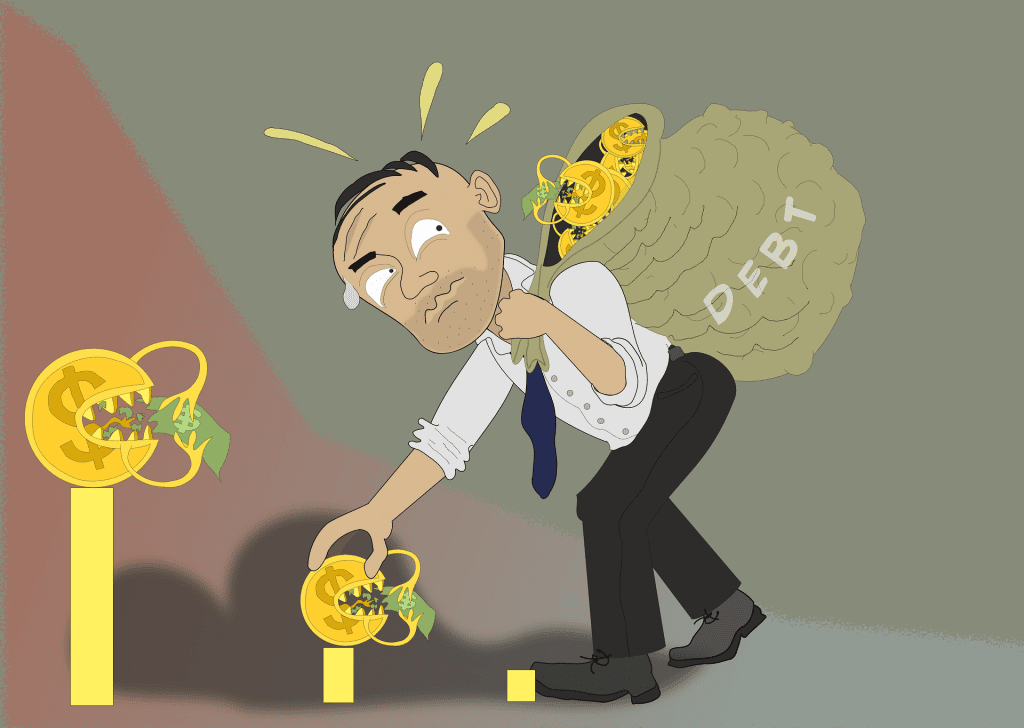Mortgage & Finance
What Are Your Options for Debt Consolidation?
You’ll often hear debt consolidation touted as a possible strategy for getting rid of debt — and rightly so. But what many people don’t know is consolidation is a broad term for the act of turning multiple debts into a single one and there are a few different ways to go about doing so.
Want to know more about your options for debt consolidation? Keep reading to learn more.
Option #1: Consolidation Loan
The first option is taking out a loan specifically for debt consolidation from a bank, credit union or online lending company and using it to pay off your other outstanding balances.
Consolidation loans tend to have lower interest rates than credit cards. So, in addition to only making a single loan payment each month, you can reduce the amount of interest you’ll pay along the way.
Here’s an example from Magnify Money: You have $6,000 in credit card debt at 15 percent interest. Making minimum payments ($120 per month) it’d take you seven years to pay it off, and you’d spend $9,473 factoring in interest. If you qualify for a personal loan at eight percent interest and make the same monthly payment, it would take five years and $7,323 to pay it off — for a savings of approximately two years and $2,000.
To qualify for a competitive interest rate, you generally need to have good or excellent credit — and proof of steady income. It’s also highly important to commit to repaying your loan in full on time. Otherwise you may find yourself in deeper debt than when you started. Crunch the numbers before taking out a loan to make sure you’ll actually be saving money. You’ll also want to avoid falling into the trap of stretching out the repayment term to drive monthly payment amounts down. The longer the term, the more interest you’ll pay.
Option #2: Credit Card Balance Transfer
Another of your debt consolidation options is a credit card balance transfer. This path is particularly promising for anyone struggling with interest on credit card debt that just seems to grow — and grow — and grow.
Here’s how it works: You’ll transfer your existing credit card debts on higher-interest cards into a single line of credit on a new card with zero interest for a certain number of months — often a year or 18 months. Then you can focus on really digging into paying it off before the interest charges kick back in.
You will pay a fee for the privilege of transferring each balance, often between three and five percent. You must also be prepared for the promotional period to end and the interest rates to jump back up to its previous levels. Further, that interest is usually applied to the outstanding balance retroactively. In other words, you’ll be charged accrued interest on the unpaid amount going all the way back to the time you accepted the transfer. This is why having a plan for paying down your debts during that window of time is so important to making this approach work.
Option #3: Cash-Out Refinance
The last option is only available to homeowners with sufficient equity in their properties. According to NerdWallet, a cash-out refinance “replaces your existing mortgage with a new home loan for more than you owe on your house.” You get the difference in cash to do with what you will — in this case, you’d use it to consolidate your other debts.
The potential advantage here is you may be able to get a lower interest rate, while the predominant risk is you’re increasing your mortgage — against which your home is secured as collateral. In other words, if things go awry and you can’t repay the loan, your home could be subject to foreclosure.
These are the primary options for debt consolidation. While all of them share the core idea of streamlining your debts, they take different approaches to doing so.








